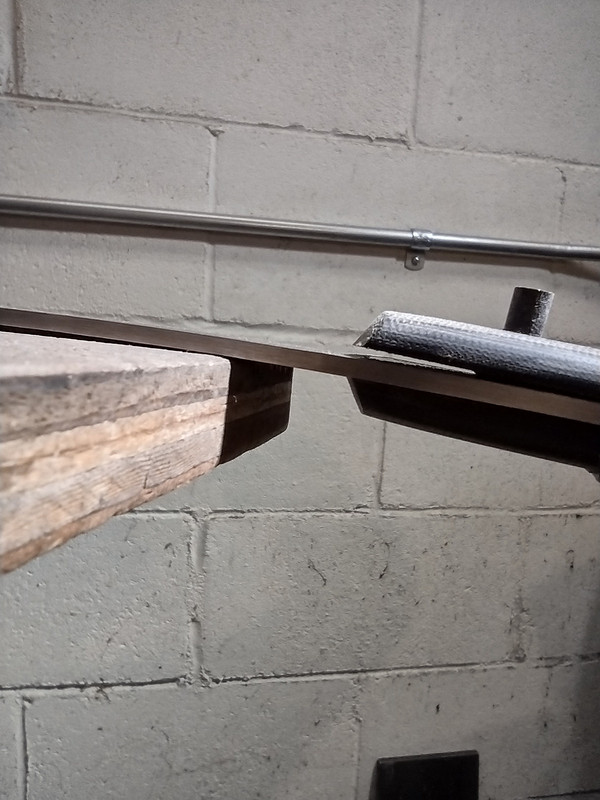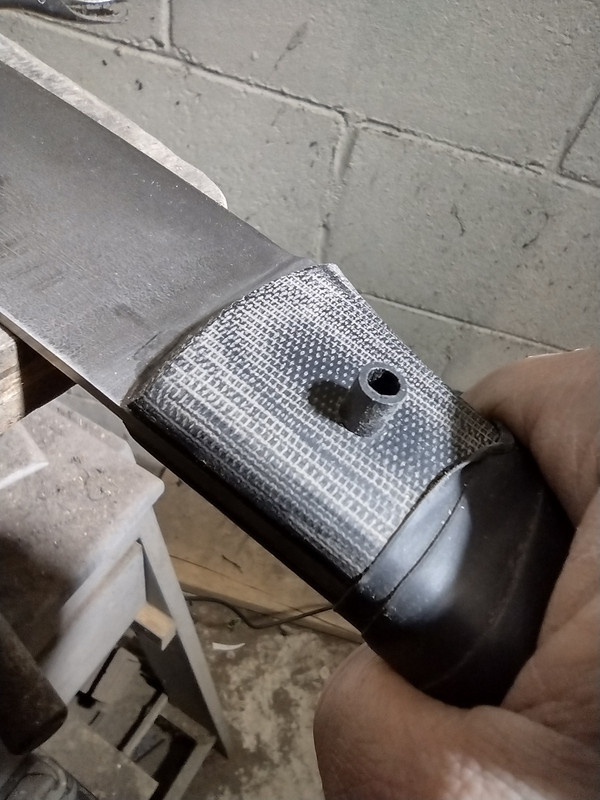- Joined
- Jan 11, 2019
- Messages
- 1,484
Once you have "true" flat you almost need no pressure at all, I also had this problem before at the same place and it is better to leave the pressure off in that area and have a small glue line (if your flatness is off) then to squeeze the epoxy out by overclamping. Also, there is a gluing video by D. Nguyen, he has no pins full tang knives and uses hidden allthread pins to enhance gluing bond.



